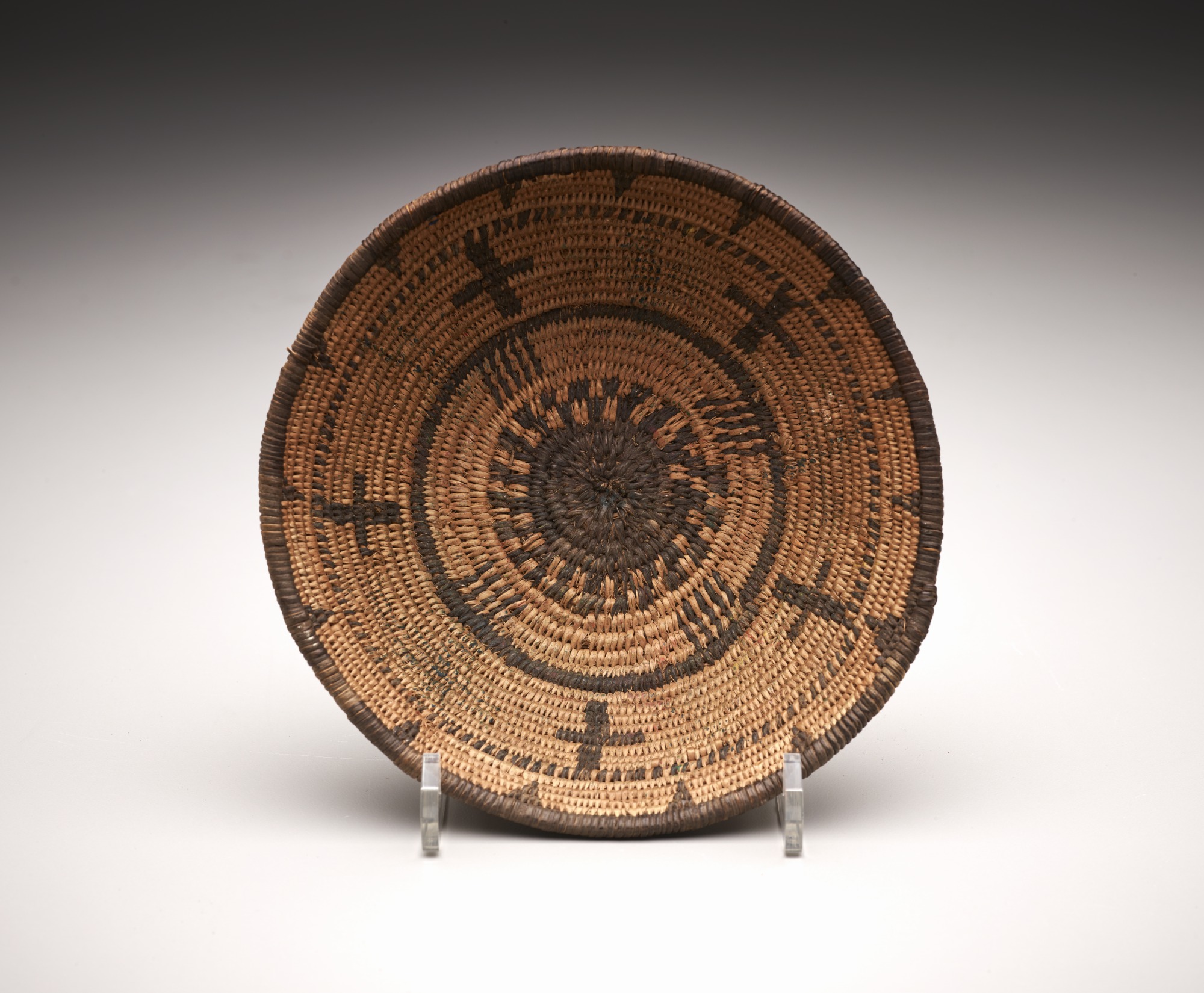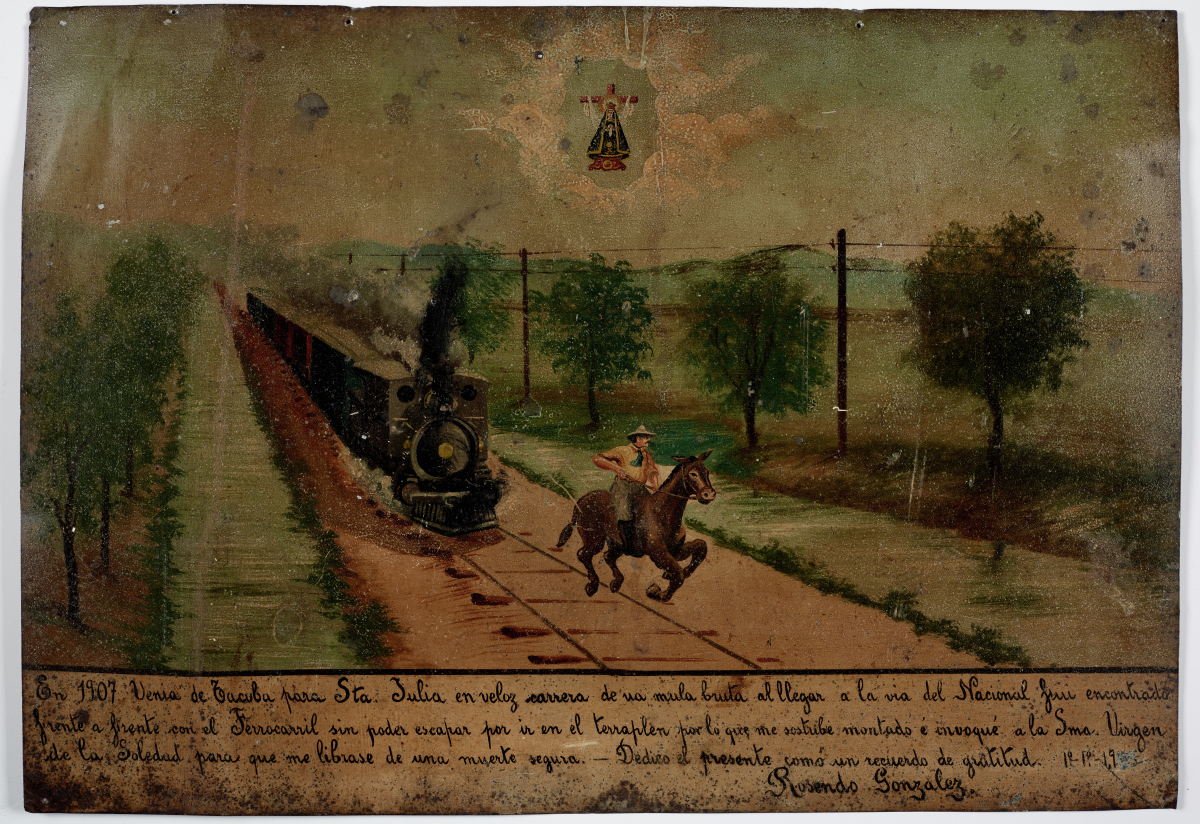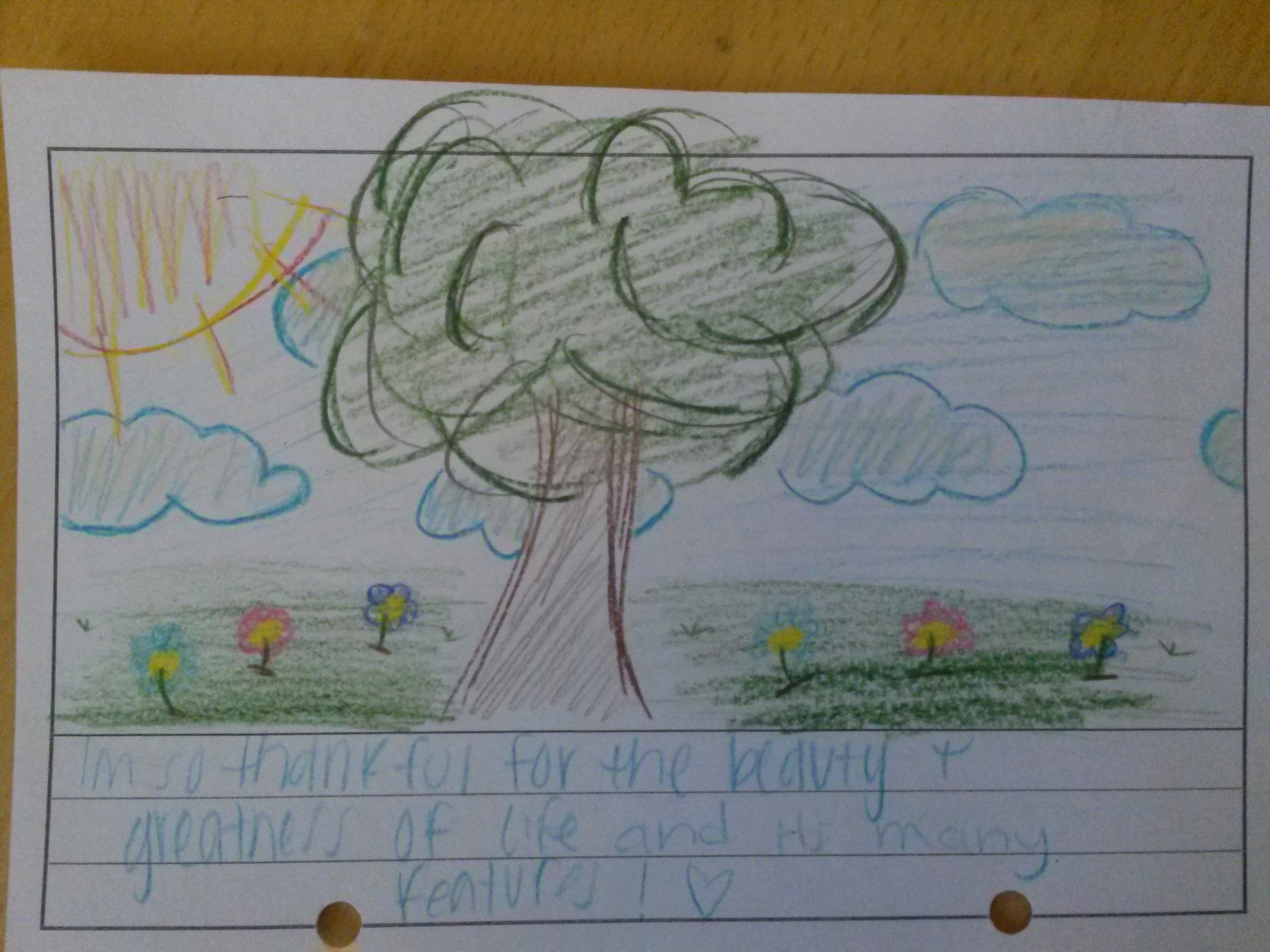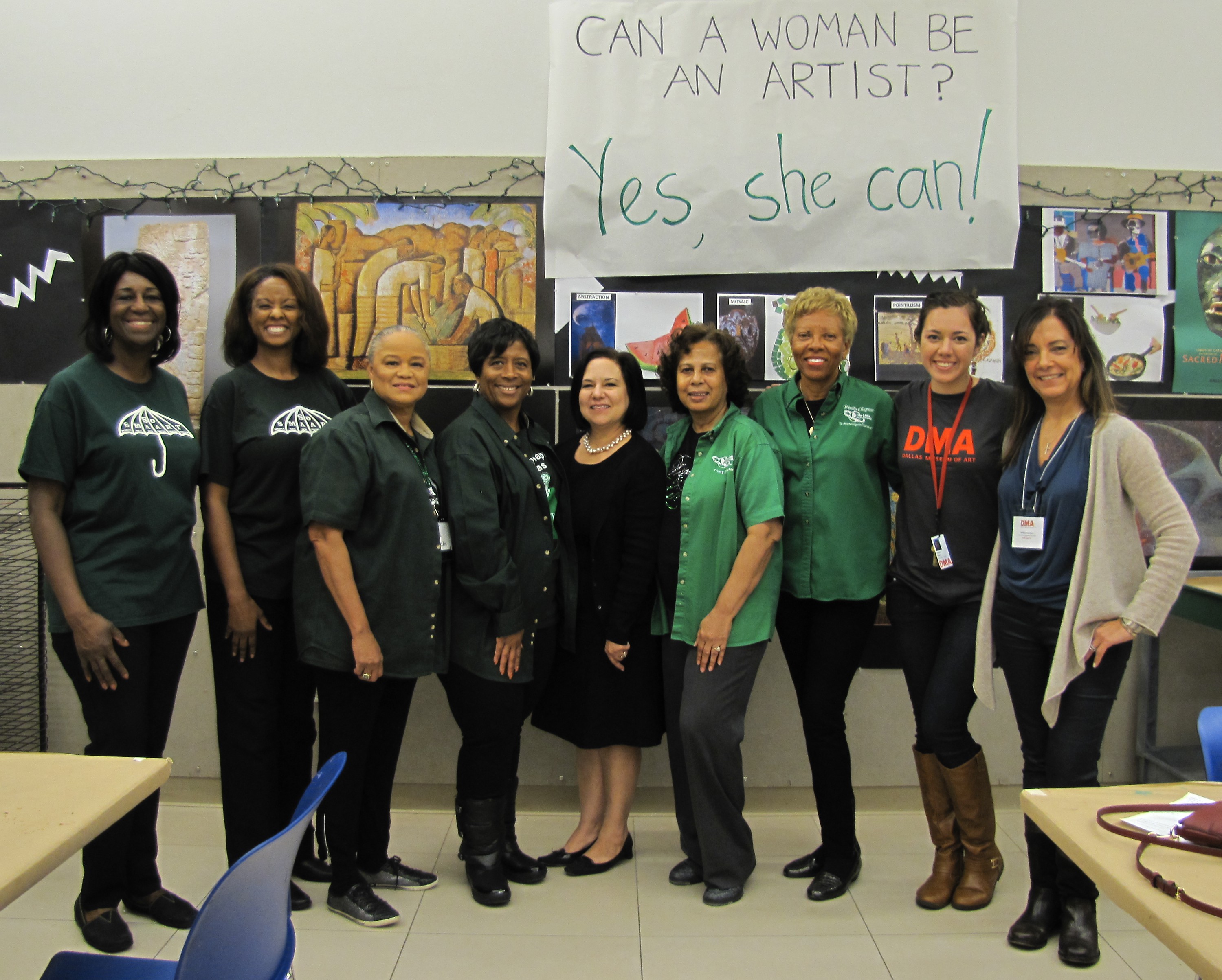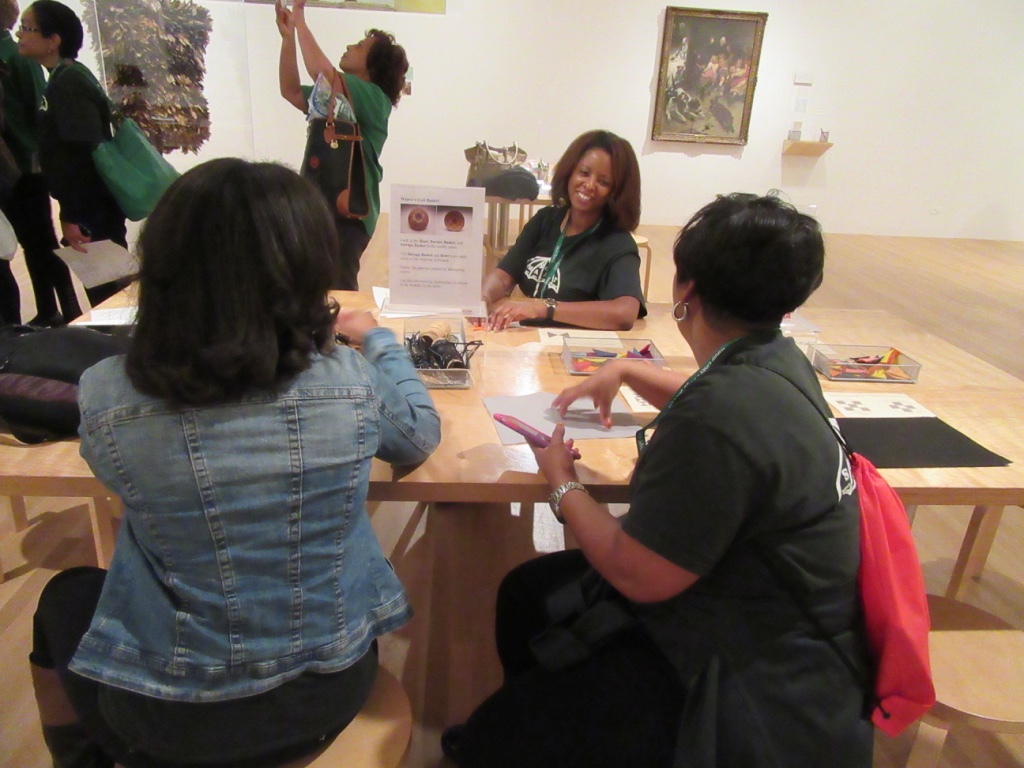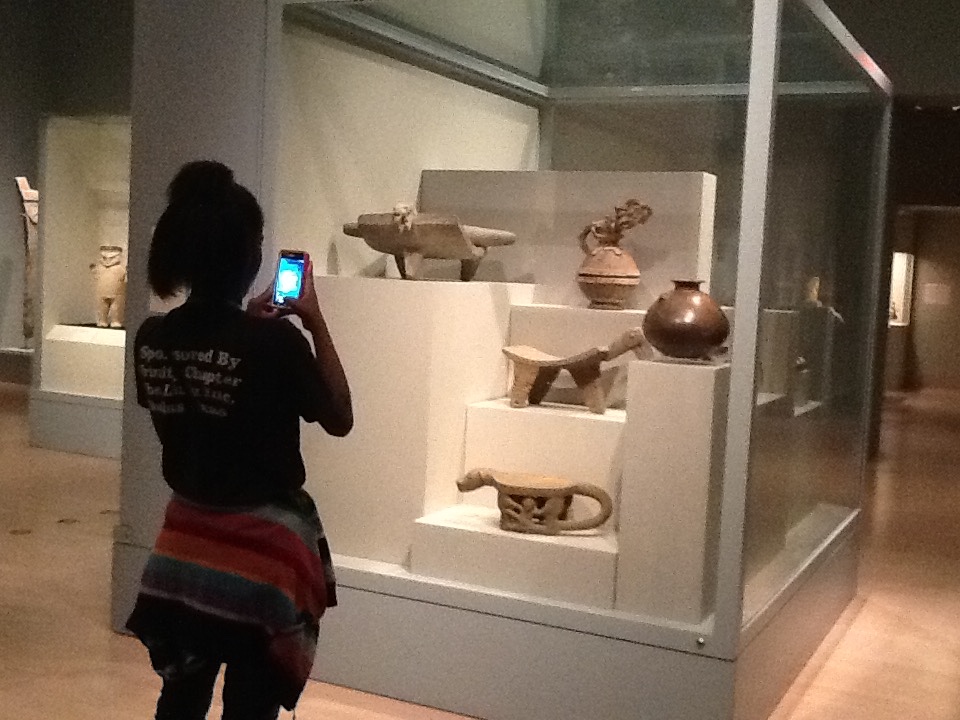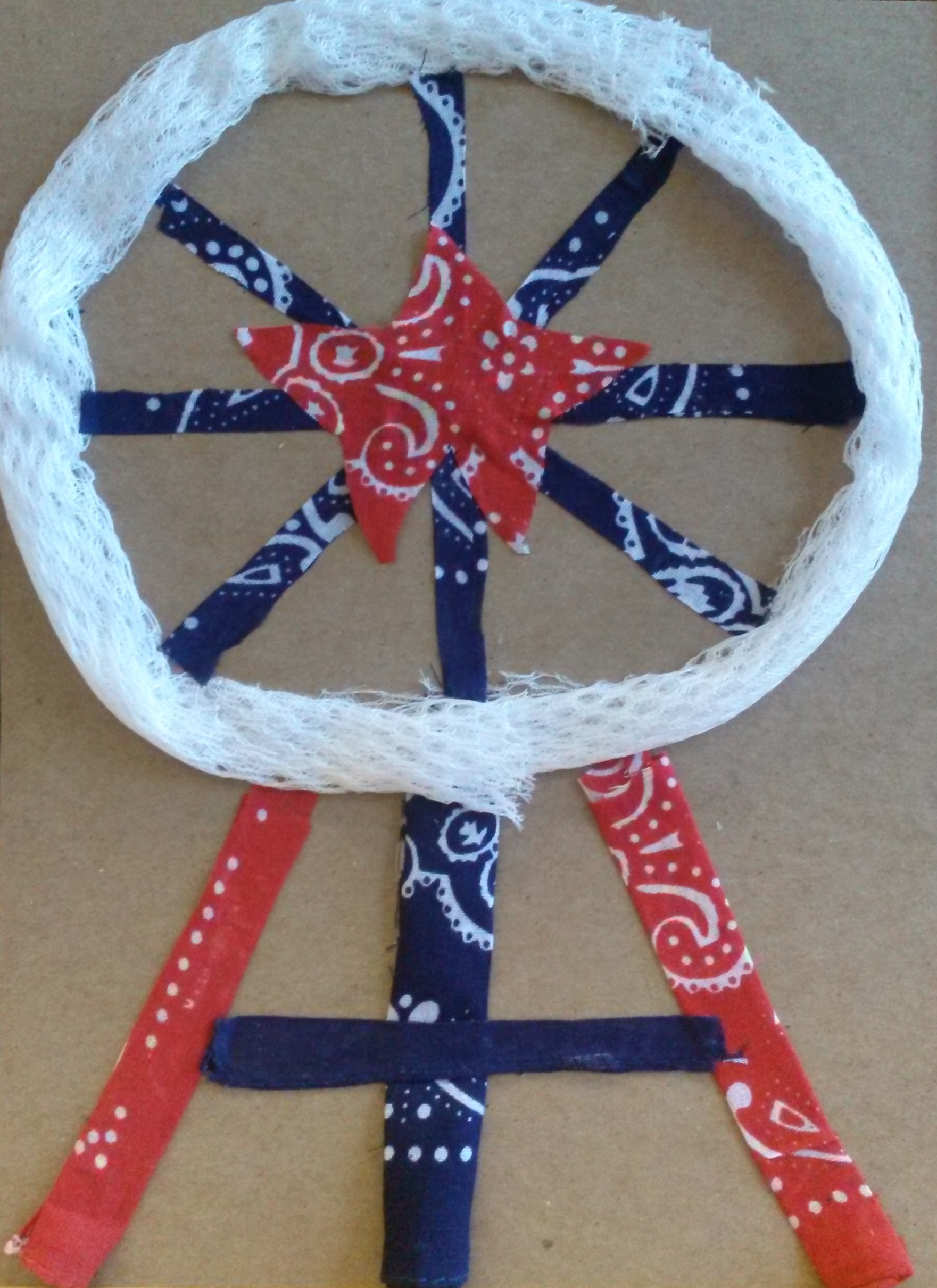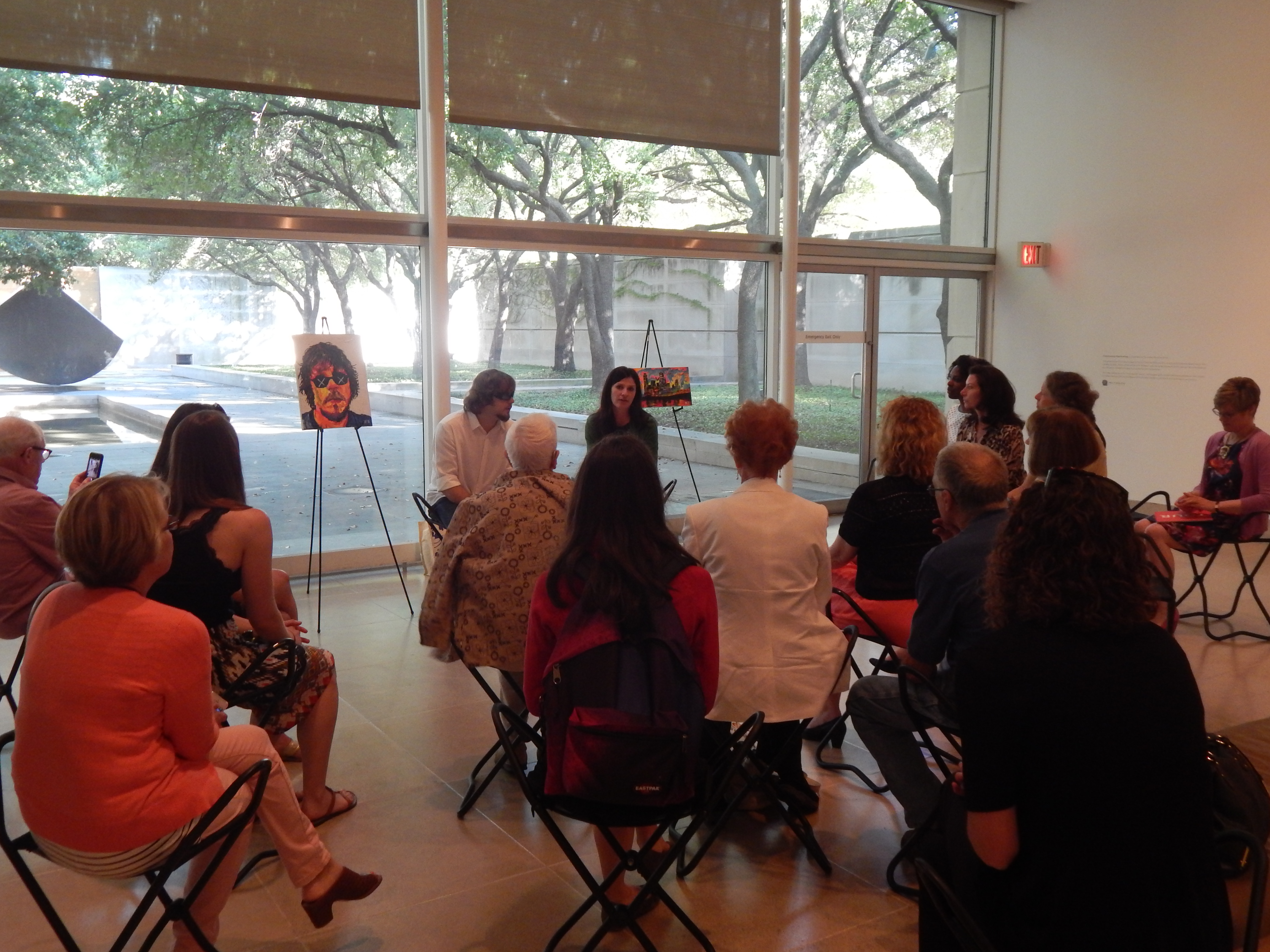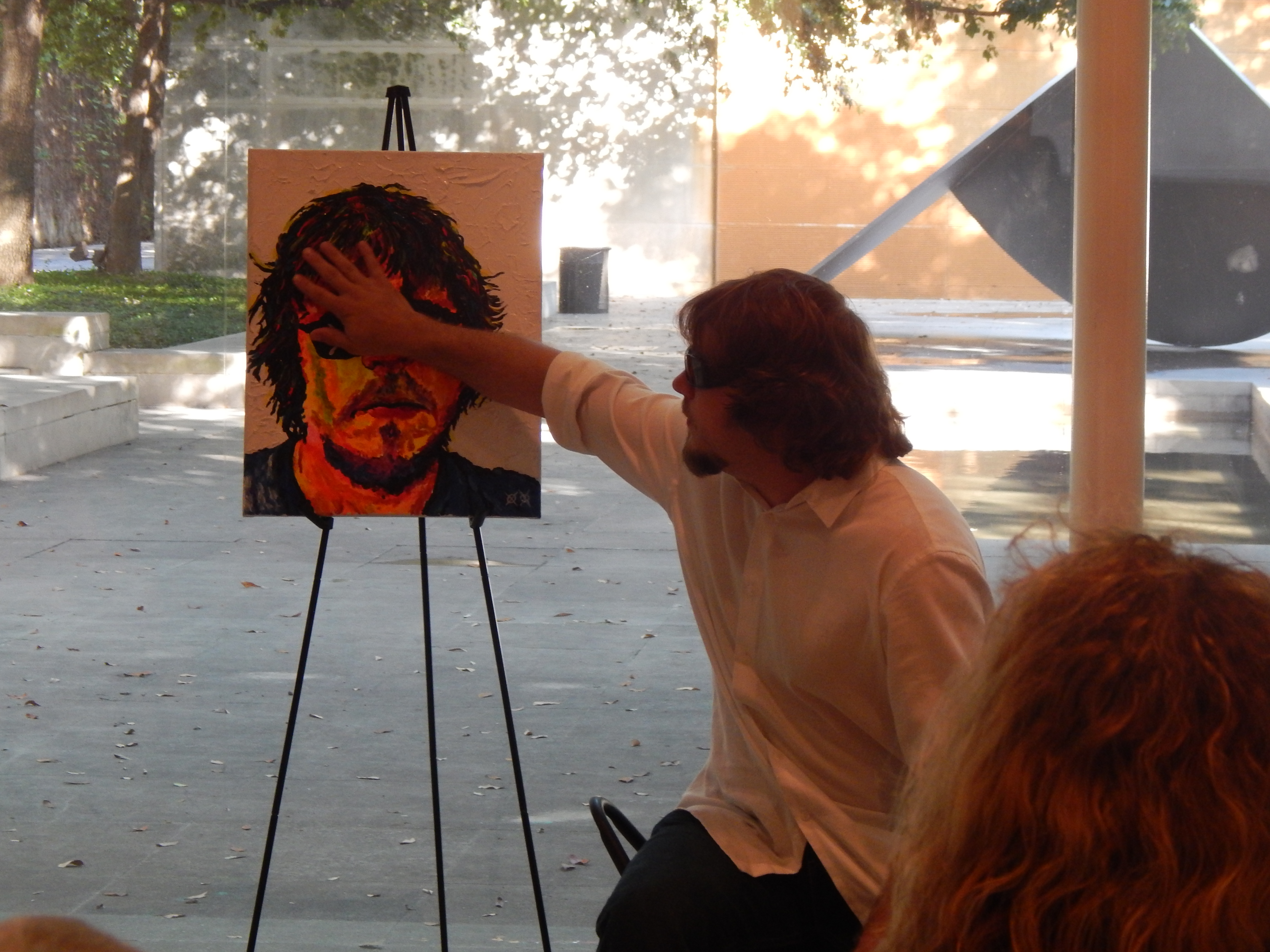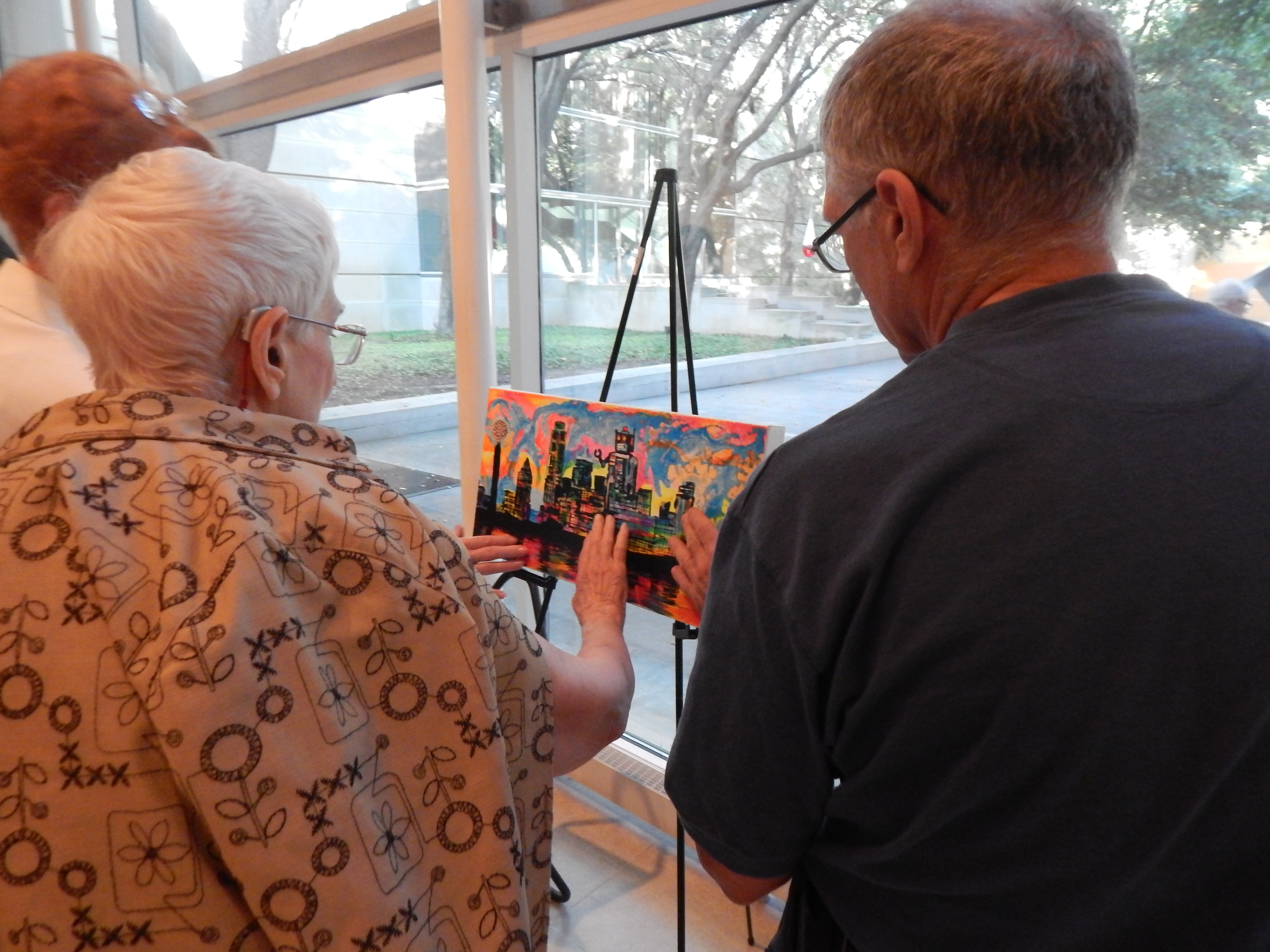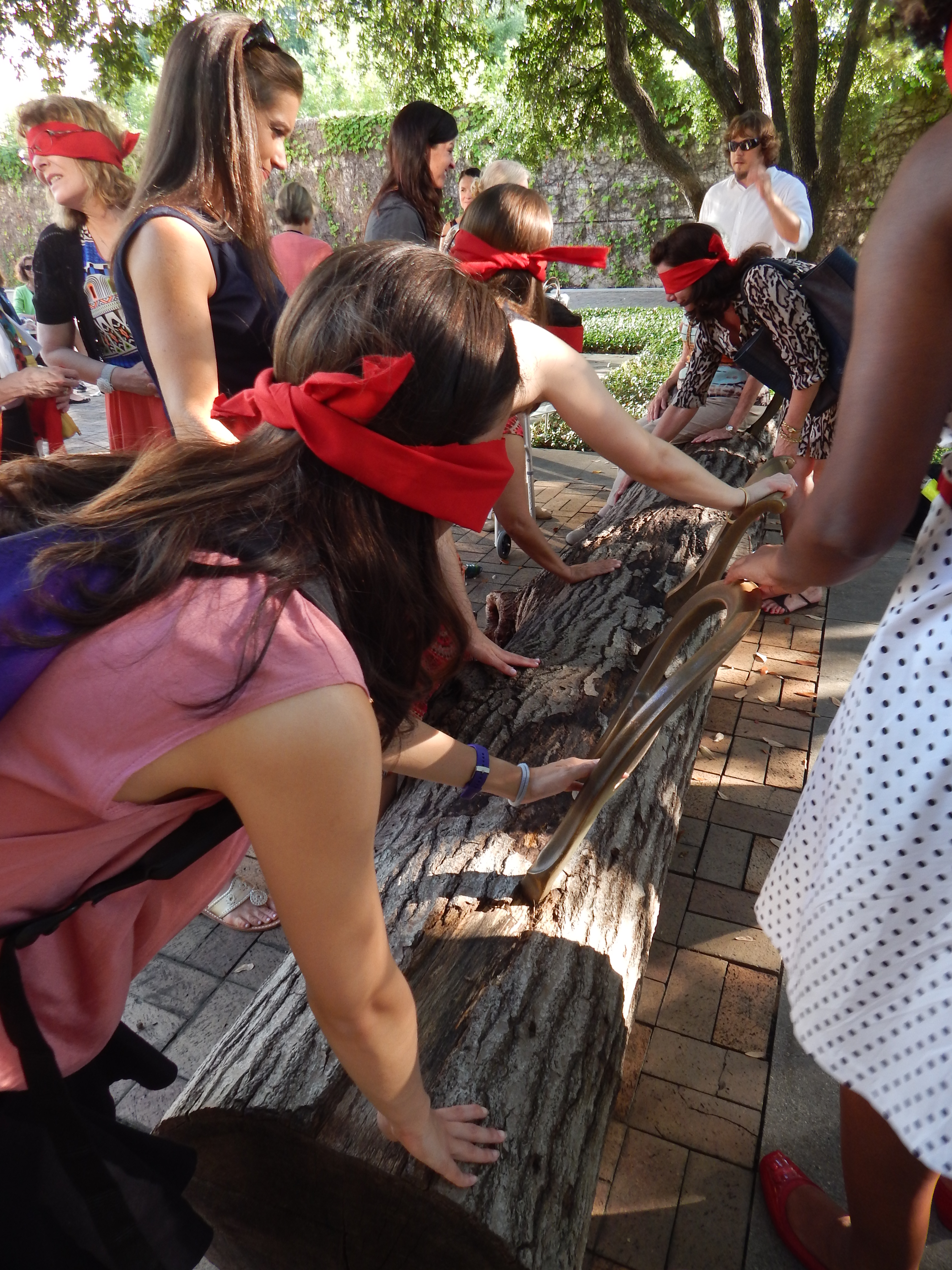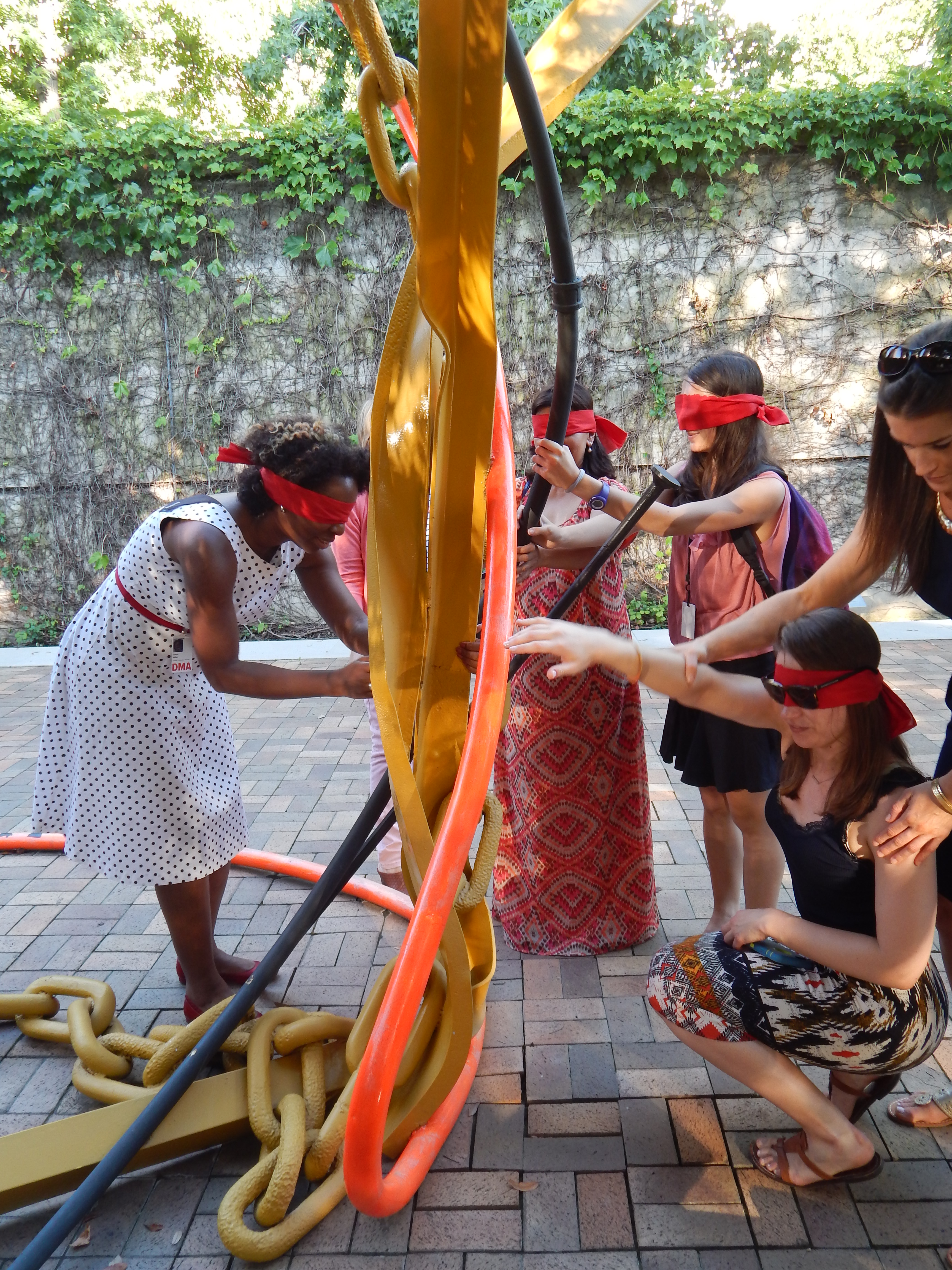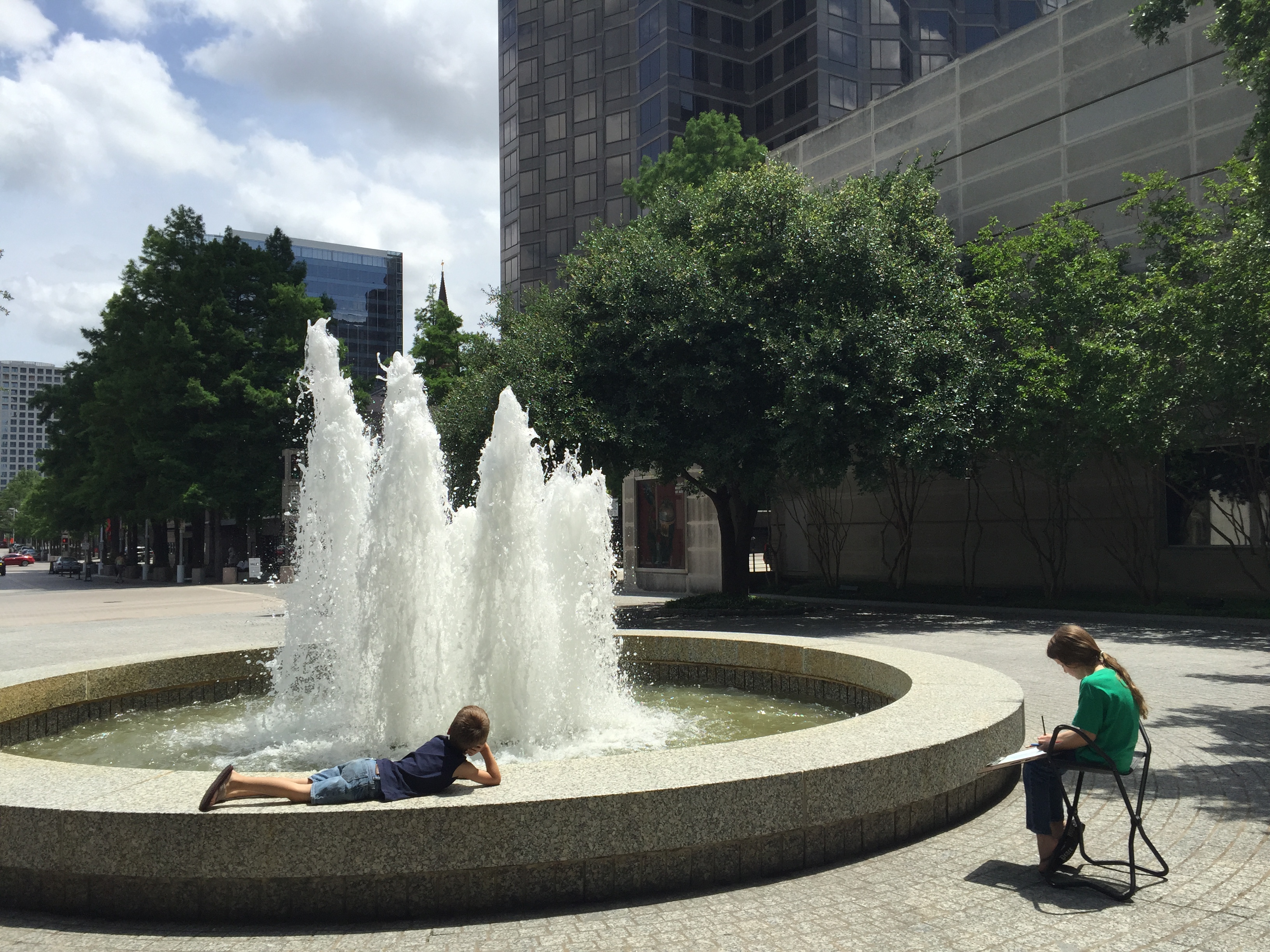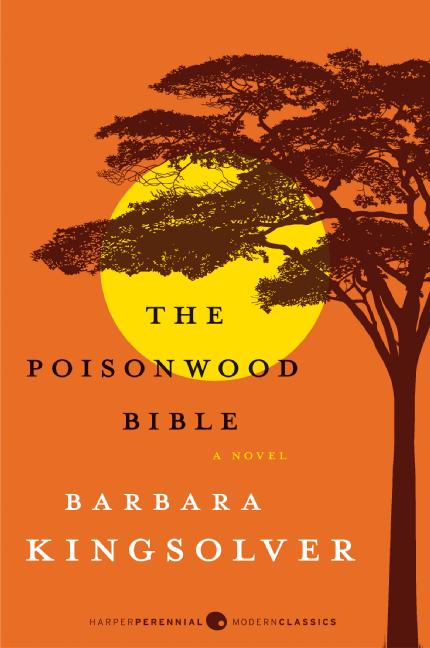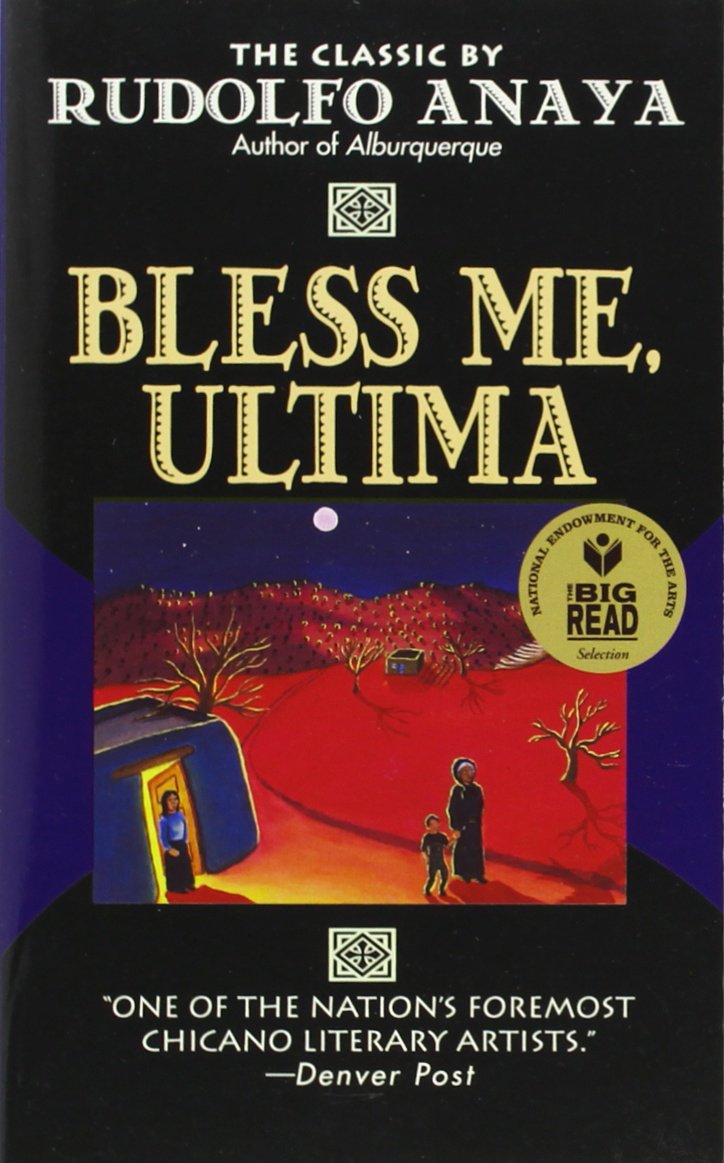Each month, we offer a variety of activities at the large tables in the Center for Creative Connections gallery. Each activity is related to a nearby work of art. One of my favorite new activities is coil basket weaving, inspired by the storage basket, bowl, and burden basket created by weavers from the San Carlos Apache tribe.
- Storage Basket, Apache peoples, c. 1880, Dallas Museum of Art, gift of Lillian Butler Davey.
- Bowl, Apache peoples, c. 1880, Dallas Museum of Art, gift of Lillian Butler Davey.
- Burden Basket, Apache peoples, c. 1880, Dallas Museum of Art, gift of Lillian Butler Davey.
The actual materials used to create these baskets–devil’s claw, willow, cottonwood, and buckskin–are natural resources found in the Arizona region where the tribe resides. To make the materials more pliable, they are often soaked in water prior to weaving. The patterns are created by alternating dark and light.
- Basket weaver Lizette Phillips is in the process of weaving a coiled basket. Notice the raw materials nearby. Photograph by Robert H. Peebles, 1954.
- The slender horns of the devil’s claw pod (right) produce the black designs in this Papago basket. Copyright W. P. Armstrong
 In the gallery, we use three colors of raffia ribbon to create our coil baskets. Red is easily distinguishable, so these strands create the basket core which will be covered during the weaving process. Then tan and black raffia are used to wrap the core and create patterns.
In the gallery, we use three colors of raffia ribbon to create our coil baskets. Red is easily distinguishable, so these strands create the basket core which will be covered during the weaving process. Then tan and black raffia are used to wrap the core and create patterns.
Once you have your materials in hand, here are the steps to guide you through the process:

For your basket core, cut the red raffia into ten 24 inch long strands.
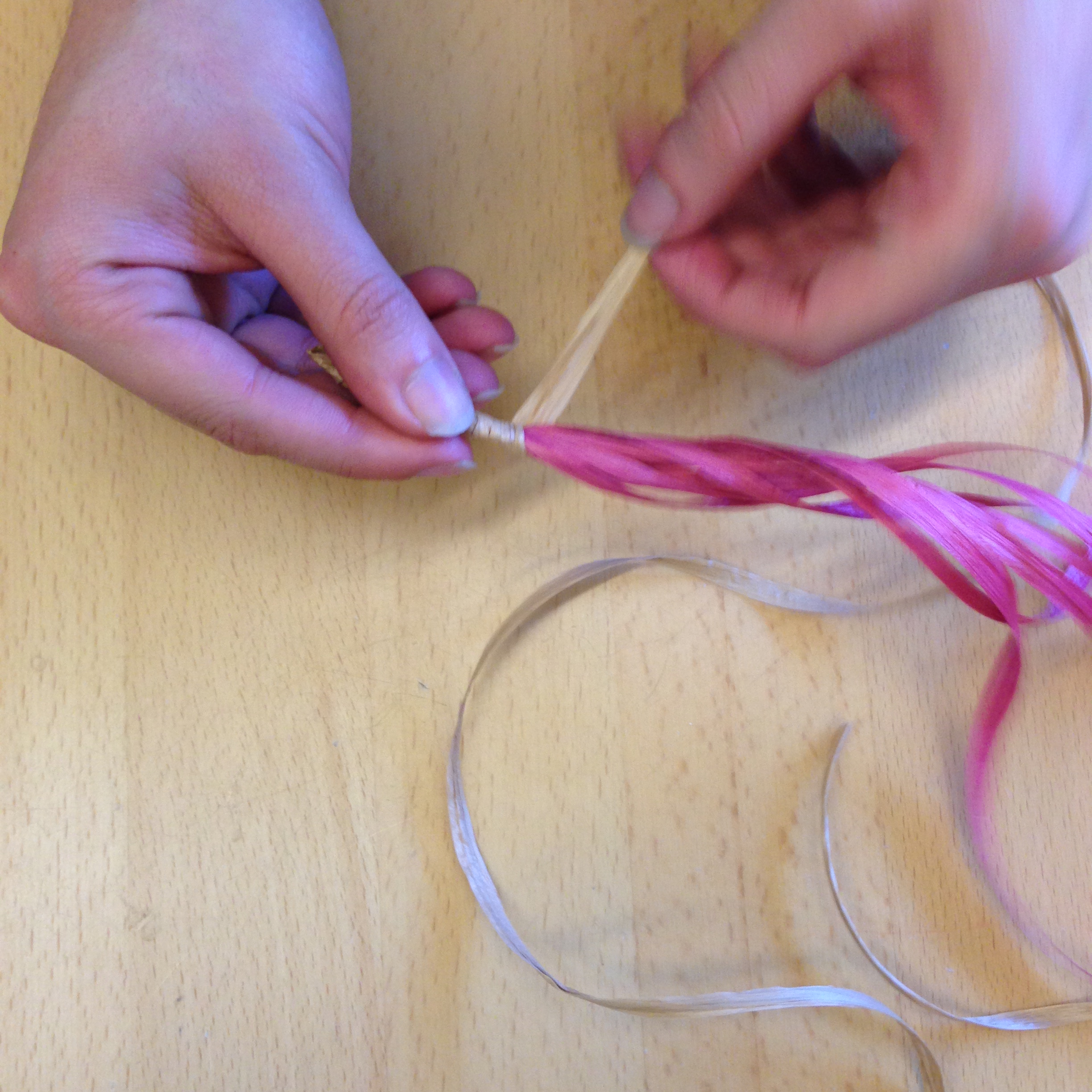
Choose a tan or black strand of raffia and wrap it tightly around the red basket core strands.

Cover about two inches of the red basket core, then begin to spiral the wrapped end inward.

Continue spiraling so that the wrapped strands resemble a snail shell.

Take the end of your tan or black raffia strand and loop it through the spiral to secure the basket center.

Continue to wrap the red basket core.
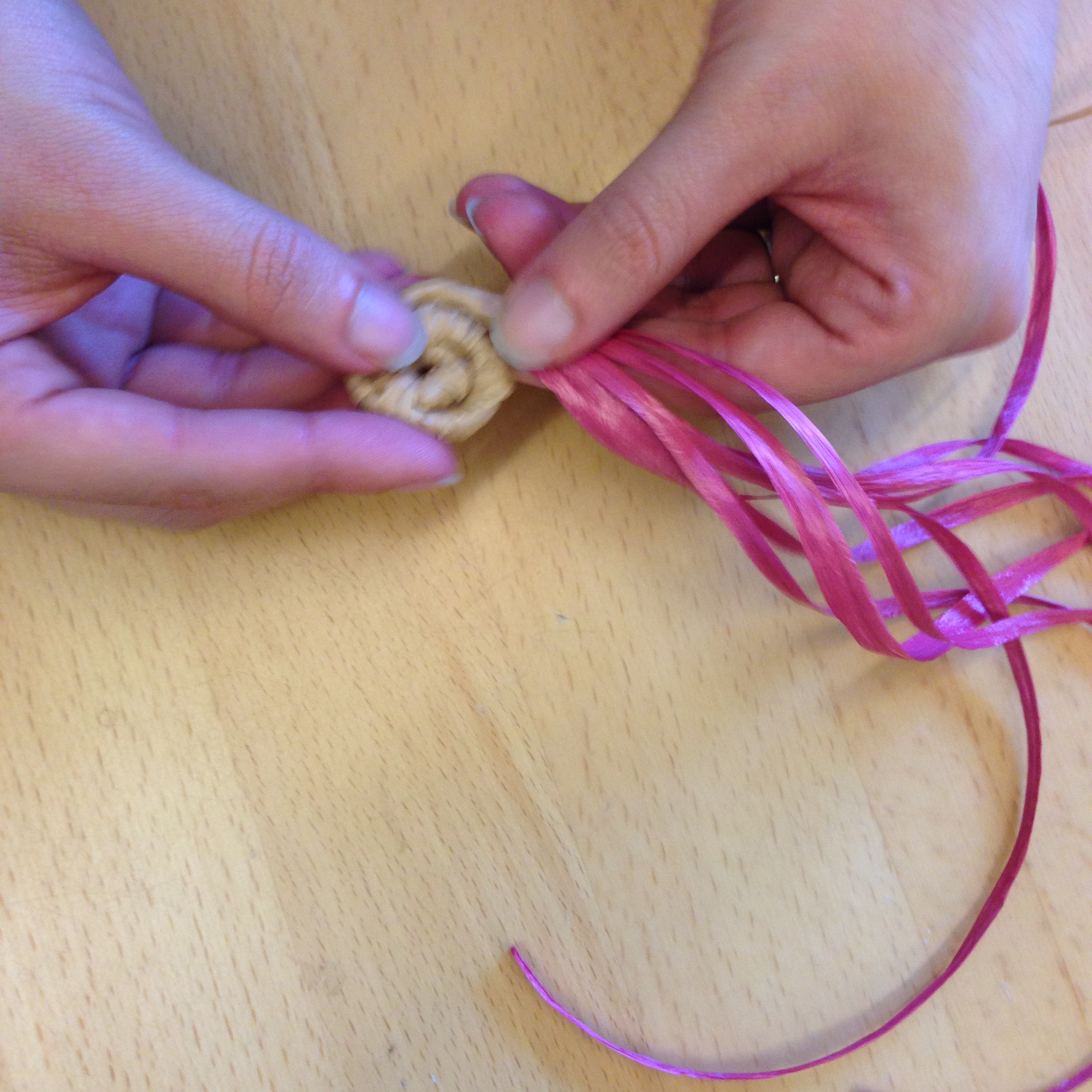
Each time you cover a few inches of the red basket core, thread your tan or black raffia through the most recent coil to keep the coils connected.

If you want to switch colors, cut a strand of the alternate color.

Line your new strand up as if it was part of the red basket core.

Secure the new strand by wrapping it a few times with the old color strand.

Let the old color strand become part of the red basket core, and use the new color strand to wrap around the basket core.

Continue wrapping the basket core, securing the newly wrapped coil to the previous coils every few inches.

Once you get the coil weaving technique down, think about experimenting with other materials. The Apache weavers used devil’s claw, willow, cottonwood, and buckskin because they were plentiful resources. What kinds of resources do you have at your disposal to weave?
Jessica Fuentes
C3 Gallery Manager

